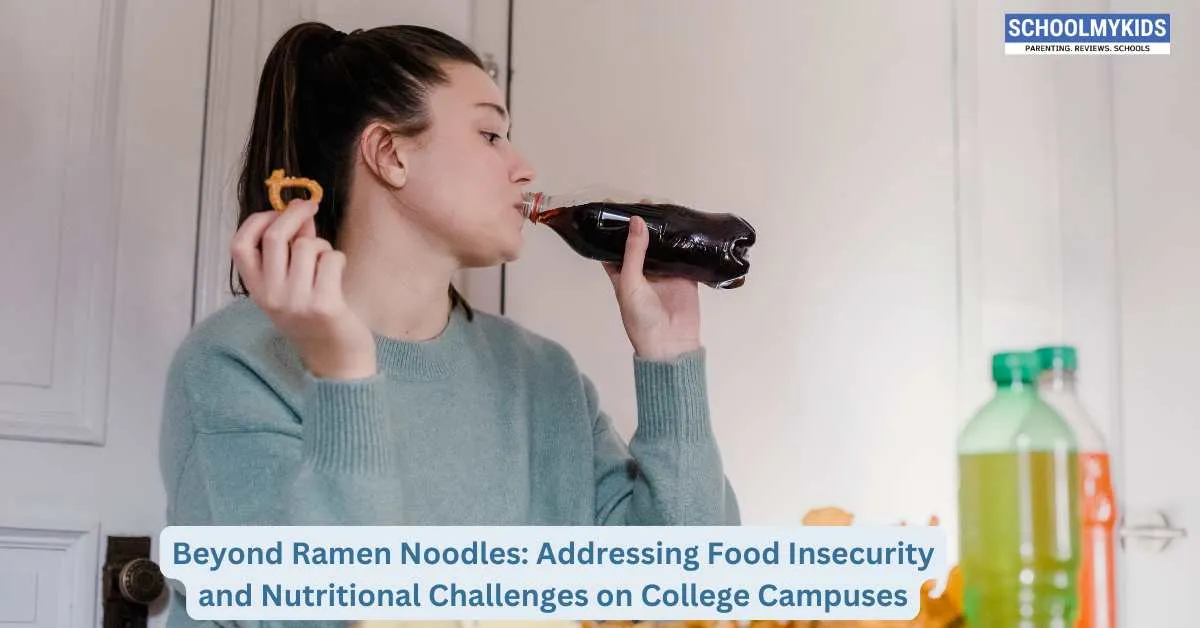Introduction
The image of college life often includes jokes about surviving on instant noodles or skipping meals to save money. But behind that humor lies a serious issue: food insecurity. For many students, especially in urban and underfunded campuses, access to affordable, nutritious meals is a daily challenge that goes unnoticed.
What Is Food Insecurity in College?
Food insecurity means more than just hunger. It includes uncertainty about when or where your next meal will come from, or relying on cheap, unhealthy food to fill the gap. For students juggling tuition, rent, and textbooks, food often falls low on the priority list. The result? Malnutrition, poor concentration, chronic stress, and even dropping out.
The Link Between Food and Academic Success
A hungry student is a distracted student. Nutritional deficiencies can lead to fatigue, irritability, and poor memory—affecting both grades and emotional wellbeing. Studies show a direct correlation between food insecurity and lower GPA, increased anxiety, and a higher likelihood of leaving college early.
Why This Issue Is Overlooked
Food insecurity is rarely visible. Students often hide it out of shame or pride. Universities don’t always collect data on food needs, and meal options on campus are often designed for convenience rather than nutrition. In hostels or private accommodations, students may skip meals altogether, especially if they’re working part-time or supporting families.
What Colleges Can Do Differently
Colleges must start treating food as a basic right, not a luxury. Initiatives like subsidized canteens, meal swipe programs, and free breakfast carts can make a major difference. Some campuses abroad have food pantries where students can pick up groceries discreetly. Others partner with local NGOs or restaurants to offer healthy, affordable meals.
Nutrition education is just as critical. Workshops on budget-friendly cooking, smart grocery shopping, and understanding dietary needs empower students to make healthier choices even on tight budgets.
Leveraging Technology and Community
Apps that connect surplus food from local events to hungry students can reduce waste and serve those in need. Social kitchens, communal cooking spaces, and student farming projects can build both food security and community bonds.
Faculty and administrative staff must also be trained to recognize signs of food distress. Creating a “no questions asked” help policy can encourage students to come forward without fear of judgment.
Conclusion
Food insecurity shouldn’t be part of the college experience. A well-fed student is more likely to be a successful, focused, and emotionally balanced student. It's time to move beyond the stereotype of "college equals struggle" and invest in systems that nourish both body and mind.









Be the first one to comment on this story.